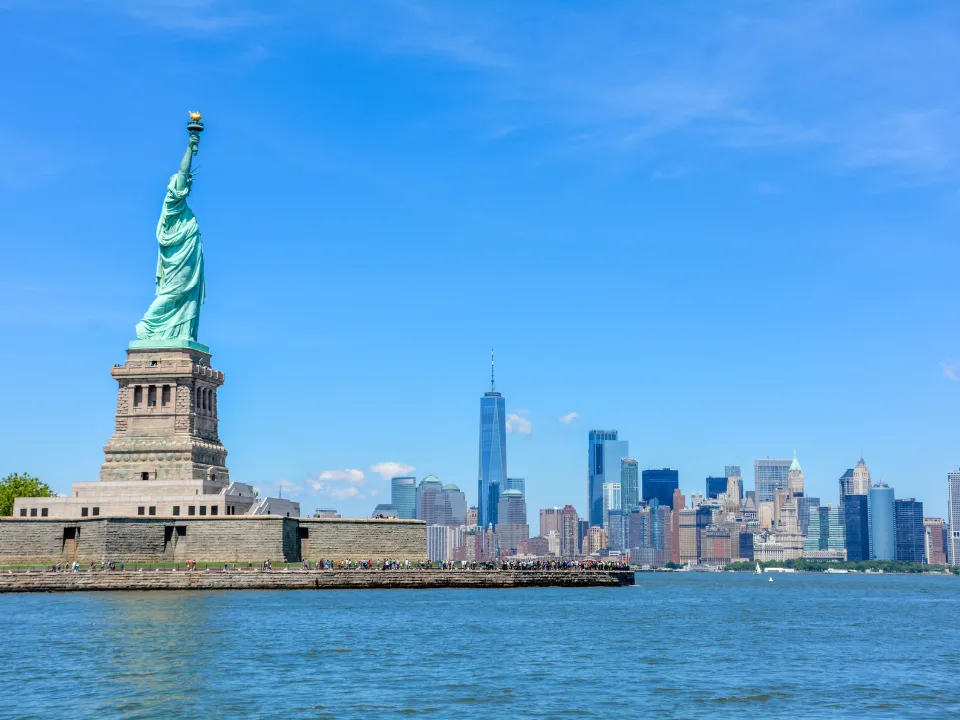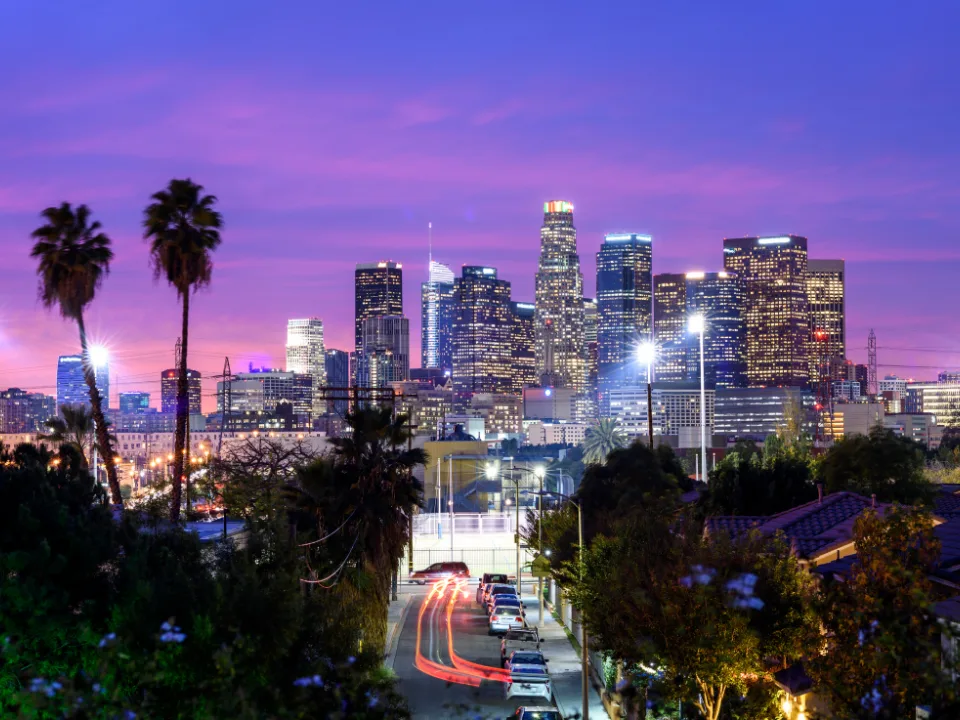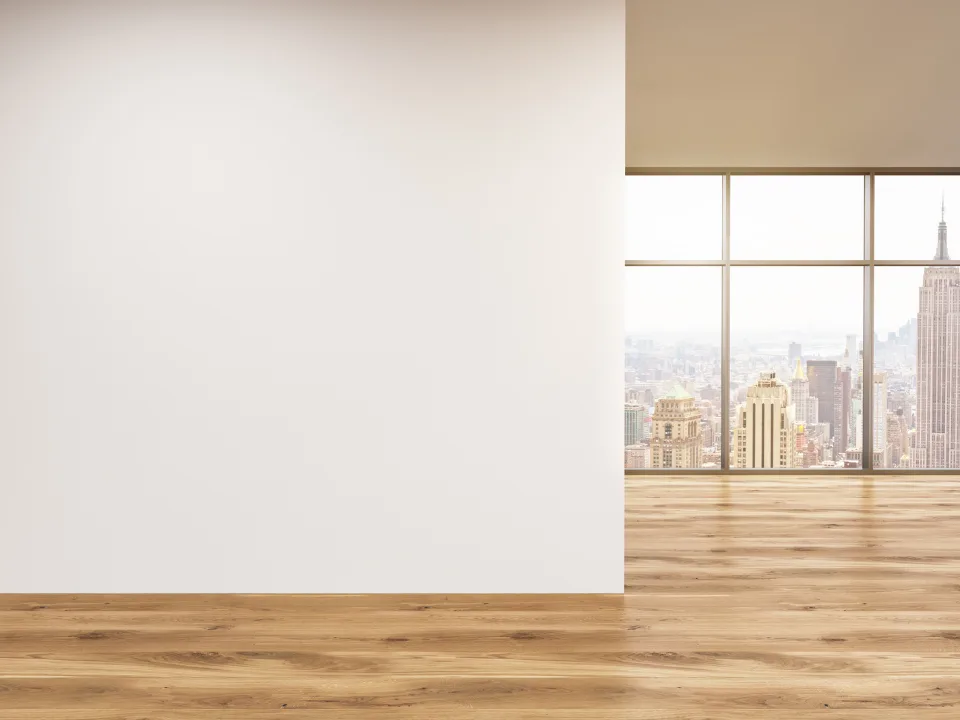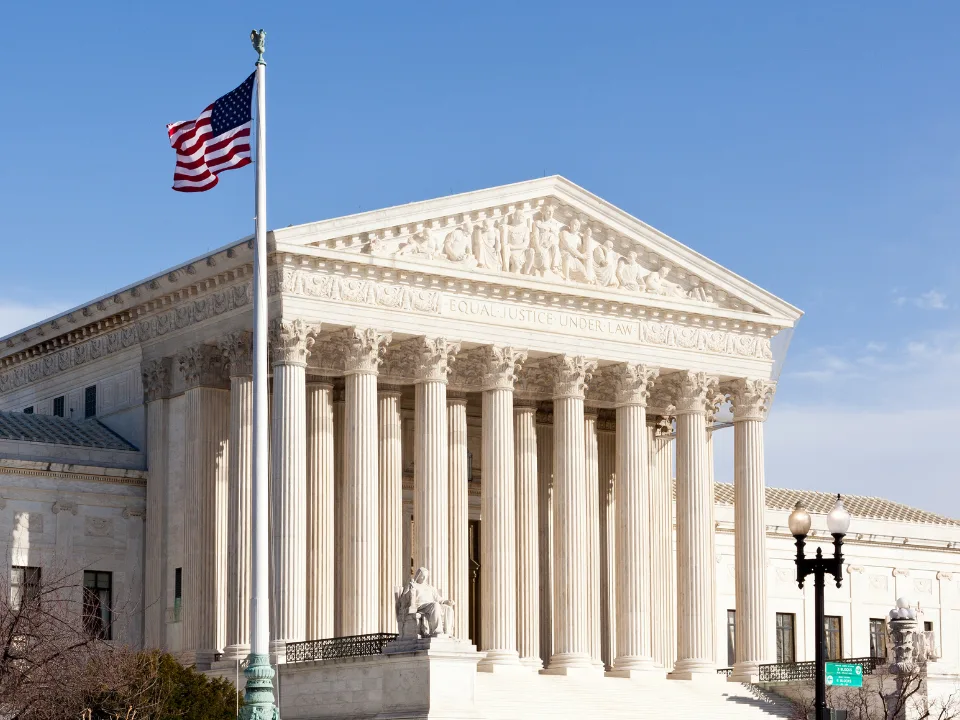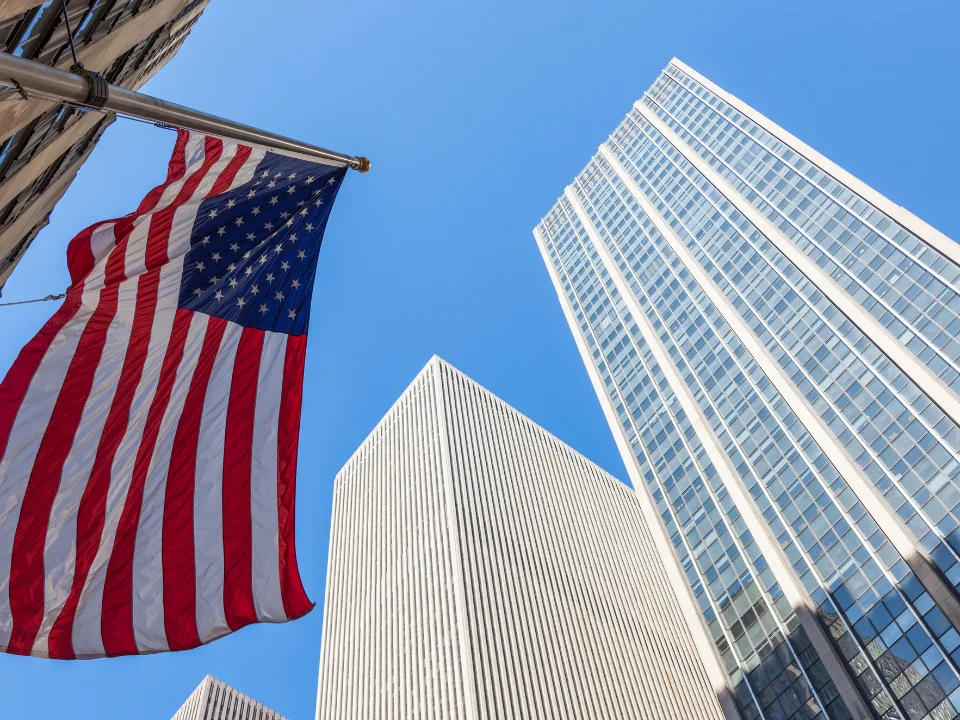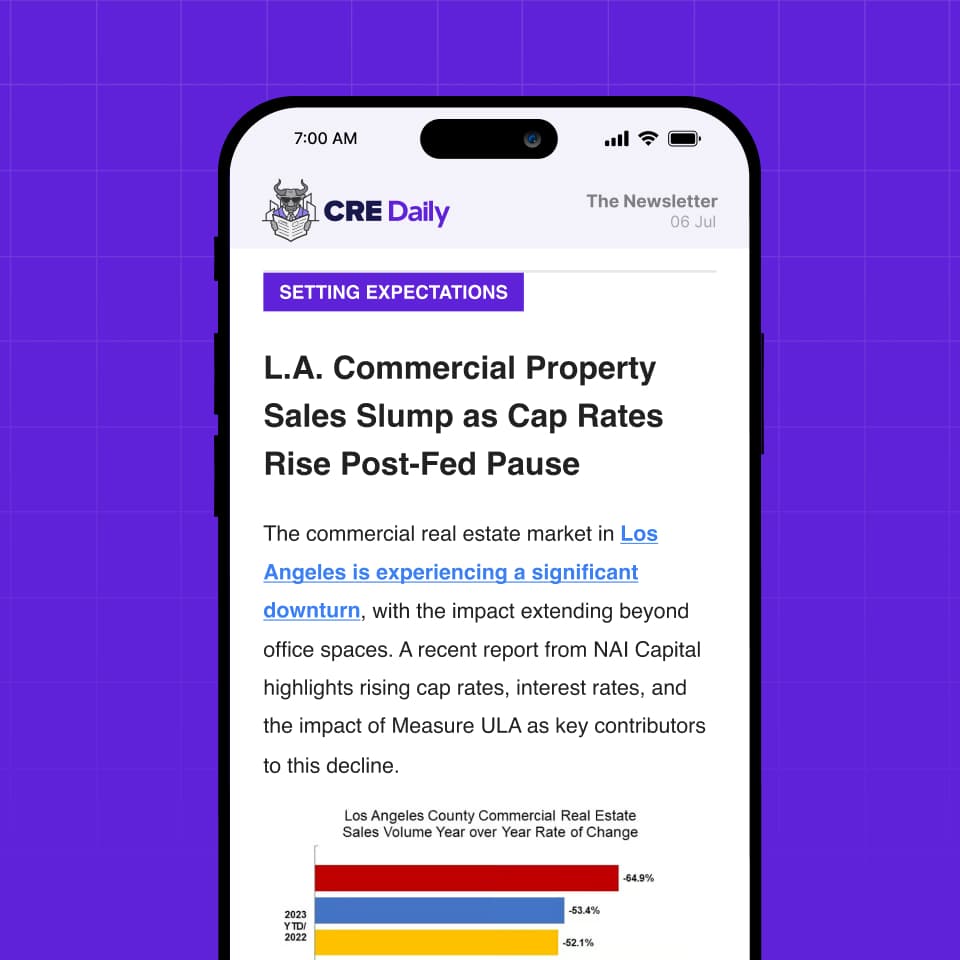- The number of US office-to-apartment conversions surged from 23.1K in 2022 to a record 70.7K in 2025, highlighting the growing demand for adaptive reuse.
- These conversions now account for nearly 42% of all adaptive reuse projects, up from 38% last year.
- The New York metro leads the country (8.31K units), followed by Washington, DC (6.53K units) and Los Angeles (4.39K units).
- Adaptive reuse of newer office buildings (built from 1990 to 2010) is also on the rise, jumping from 1.27% of past projects to 7% of future projects.
- Cities like New York City, Washington, DC, and San Francisco offer tax incentives and friendly regulations to encourage more conversions.
Office-to-apartment conversions are speeding up, reaching nearly 71K units in 2025—an all-time high as reported in recent RentCafe data.
This rapid growth reveals a shift in urban real estate, driven by factors like rising office vacancies, changing work habits, and more demand for housing.
By The Numbers
Since 2022, the pipeline for office-to-apartment conversions has tripled, growing from 23.1K units to 70.7K in 2025. This 28% YoY growth suggests office conversions are now a mainstream solution to the national housing shortage problem.
However, while more projects are announced, only a small fraction are completed yearly. In 2024, just 3.7K units were completed, leaving a large carryover of 51.63K units into 2025. This backlog underscores challenges like conversion feasibility, high construction costs, and zoning hurdles.
Conversion Hotspots
1. New York, NY – 8.31K units
NYC leads the nation in office conversions, up 59% YoY. With 305 MSF of office space suitable for conversion, the city is prioritizing adaptive reuse. The former Pfizer HQ at 219 E 42nd St. is one key project, set to deliver 536 rental units.
Get Smarter about what matters in CRE
Stay ahead of trends in commercial real estate with CRE Daily – the free newsletter delivering everything you need to start your day in just 5-minutes
2. Washington, DC – 6.53K units
DC ranks second with 12% more conversions. The city’s Housing in Downtown program, which offers 20-year tax abatements, is fueling these projects. A notable conversion is The Geneva at 1825-1875 Connecticut Ave. NW, which will deliver 525 apartments, including 69 affordable units.
3. Los Angeles, CA – 4.39K units
LA’s 80% growth in conversions reflects the city’s urgent need for housing, worsened by recent wildfires. The ARCO Tower redevelopment at 1055 Seventh St. is one of the biggest projects, turning a 33-story office building into apartments.
4. Chicago, IL – 3.61K units
Conversions make up 54% of adaptive reuse projects in Chicago, which reported a 28% YoY increase. The 30 N LaSalle St. project will repurpose 432 KSF into 432 apartments, including 130 affordable units.
5. Dallas, TX – 2.75K units
Dallas has a 79% share of office-to-apartment conversions, although its pipeline dipped 14% from last year. Bryan Tower, a 1.1 MSF glass tower, is being transformed into 425 apartments.
6. Atlanta, GA – 2.24K units
Atlanta’s 57% YoY growth in conversions signals its increasing role in adaptive reuse. The city’s 2 Peachtree St. project will bring 200 apartments within 890 KSF of former office space.
7. Minneapolis, MN – 1.87K units
Minneapolis has seen a 40% rise in conversions, with projects like the Medtronic Sullivan Lake Campus, a 12-acre redevelopment focused on mixed-use housing.
8. Charlotte, NC – 1.79K units
Charlotte doubled its pipeline from last year, led by the 2101 Rexford Road redevelopment, a 16-acre site that will accommodate up to 675 new apartments.
9. Cincinnati, OH – 1.75K units
Cincinnati’s conversion rate increased 12% YoY, with the Carew Tower transformation expected to add 385 new apartments by 2027.
10. Kansas City, MO – 1.68K units
Kansas City has a 55% conversion share, with projects like the Plaza Corporate Center, which will convert its office parking garage into 202 apartments.
Rounding out the top 20 metros are:
- Phoenix (#11, 1.63K units)
- Cleveland (#12, 1.62K units)
- Bridgeport, CT (#13, 1.47K units)
- Jacksonville, FL (#14, 1.42K units)
- Denver (#15, 1.4K units)
- Omaha, NE (#16, 1.29K units)
- Pittsburgh (#17, 1.25K units)
- Philadelphia (#18, 1.23K units)
- Boston (#19, 1.17K units)
- Detroit (#20, 962 units)
Southern Supremacy
At a regional level:
- The South dominates with 22K conversions, led by DC, Dallas, and Atlanta.
- The Northeast follows with 18.2K units, NYC being the largest contributor.
- The Midwest boasts 18.04K units, with Chicago, Minneapolis, and Cincinnati leading the charge.
- The West lags behind at 12.29K units, though LA stands out with 4.39K conversions.
Four metros more than doubled their pipelines from last year:
- Charlotte, NC – 1.79K future conversions (+100%)
- Omaha, NE – 1.29K future conversions (+141%)
- Jacksonville, FL – 1.42K future conversions (+150%)
- Boston, MA – 1.17K future conversions (+160%)
However, three metros saw declining pipelines:
- Dallas (-14%), likely due to zoning and floor plan constraints.
- Cleveland (-20%), affected by return-to-office trends.
- Detroit (-10%), impacted by high renovation costs.
Future of Office-to-Apartment Conversions
Office-to-apartment conversions are no longer just a trend—they’re a key strategy in addressing urban housing shortages. With 1.2 BSF of US office space deemed suitable for conversion, cities are actively introducing incentives to accelerate these projects.
- NYC offers up to 90% tax exemptions for converted buildings with at least 25% affordable housing.
- Washington, DC, provides 20-year tax abatements under its Housing in Downtown program.
- San Francisco is streamlining approvals by revising zoning laws and creating a dedicated financing district.
With office vacancies still rising and housing demand surging, adaptive reuse is poised to reshape the urban real estate landscape for years to come.
